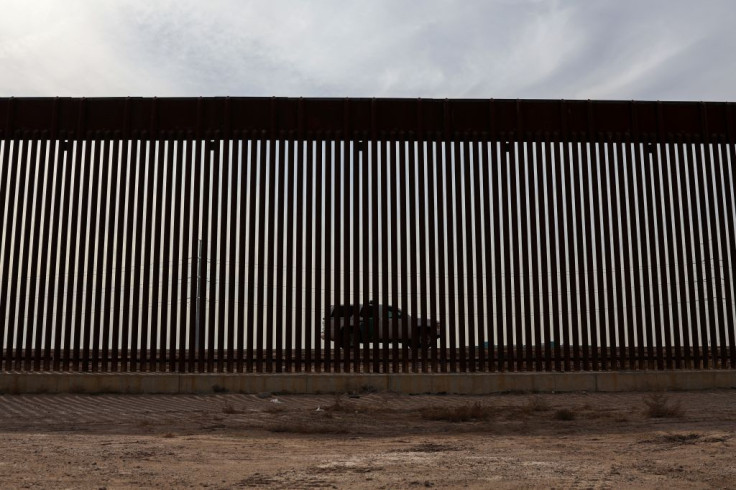
For years, migrants crossing the southern U.S. border have been portrayed as primary carriers of the illicit drugs fueling America's overdose crisis. But despite repeated claims by President Donald Trump and other officials, a new report suggests that only a small fraction of migrants stopped by immigration authorities are found to be carrying drugs.
According to an analysis by the Project On Government Oversight (POGO), Border Patrol agents encountered more than 5.8 million migrants between fiscal years 2022 and 2024. Of those encounters, drugs were seized from only 249 individuals.
More than half of those seizures involved marijuana, POGO found, and 108 of them involved other drugs such as fentanyl, the synthetic opioid behind the surge in overdose deaths nationwide.
POGO says the data contradicts a narrative often used by the Trump administration to justify increased border militarization and a higher budget for the Department of Homeland Security.
"This is a tiny, tiny, tiny slice of people," said Patrick Eddington, a senior fellow in homeland security and civil liberties at the Cato Institute. "In contrast, Trump and people in his administration are trying to claim that these individuals are actually the drivers of the problem."
That narrative appears to have shaped public opinion. POGO points out that a February Ipsos poll found that more than half of Republican respondents believe most fentanyl entering the U.S. is brought in by migrants crossing the border illegally.
But POGO's analysis shows that fentanyl seizures during migrant encounters between ports of entry remain rare. Only 11 of the 233 seizures between fiscal years 2022 and 2024 involved fentanyl.
A separate report released this week by the Mexico Peace Index, which tracks violence trends in Mexico, supports those findings. The report states that 80% of people arrested for fentanyl trafficking at the U.S.-Mexico border between 2019 and 2024 were U.S. citizens—a pattern researchers say reflects cartels' preference for smuggling drugs through legal ports of entry as they tend to draw less suspicion.
In fact, about 88% of all fentanyl seizures at the border take place at official ports of entry, not at unauthorized crossings, according to the Mexico Peace Index.
When asked for clarification on how it defines and tracks drug seizures, CBP declined to explain its methodology. Instead, a spokesperson provided POGO with a spreadsheet breaking down drug seizures by sector. The data showed that the majority of drug seizures involved U.S. citizens—83% in fiscal year 2024, 80% in 2023 and 83% in 2022.
Eddington argues that the way CBP presents its data contributes to a misleading narrative.
"All it's really doing is helping to create this endless loop where CBP says, 'See, we're seizing drugs,' and then people in Congress ... continue to give them more money," he said.
© 2025 Latin Times. All rights reserved. Do not reproduce without permission.





